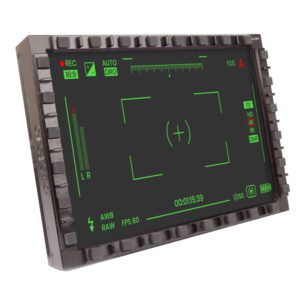Optical Bonding
Feature:
ArgonFDS does not employ bonding in our standard models, saving the customer cost, complexity and lead time.
Benefits:
In the distant past, many unknowns existed about effectively ruggedizing an LCD. Aside from ensuring a shatter and vandal-proof viewable surface, there were other considerations such as index matching, EMI control, prevention of fogging, and heating (to warm up the liquid crystals for better response time). The industry response was to incorporate measures for all these potential shortcomings and more.

Of course, some specific applications exist, such as avionics or cockpit applications. Still, these are outside the realm of most C4ISR applications, which are typically units mounted in workstation consoles.
Over the years, as there have been considerable strides in LCD technology and robustness, ArgonFDS has moved away from the unnecessary cost, complexity, and high after-sales costs by not optical bonding. We have seen that many of the prior benefits to bonding have rapidly diminished.
This allows ArgonFDS to provide lower cost, lower complex units, avoiding long lead times and expensive repairs. For example, we install a front protective glass “filter” over the LCD, mounted very close, allowing for enough index matching to support our applications. This multi-layered (yes, bonded) filter includes ITO coatings for EMI control, antireflective coating for reducing reflections, and the use of the equivalent of “safety glass” which is bonded to the back glass to provide break protection and prevent any glass particles flying out during extreme conditions. LCD heating is no longer required for rapid response times at lower temperatures, and we have no feedback from worldwide fielded fogging applications.

